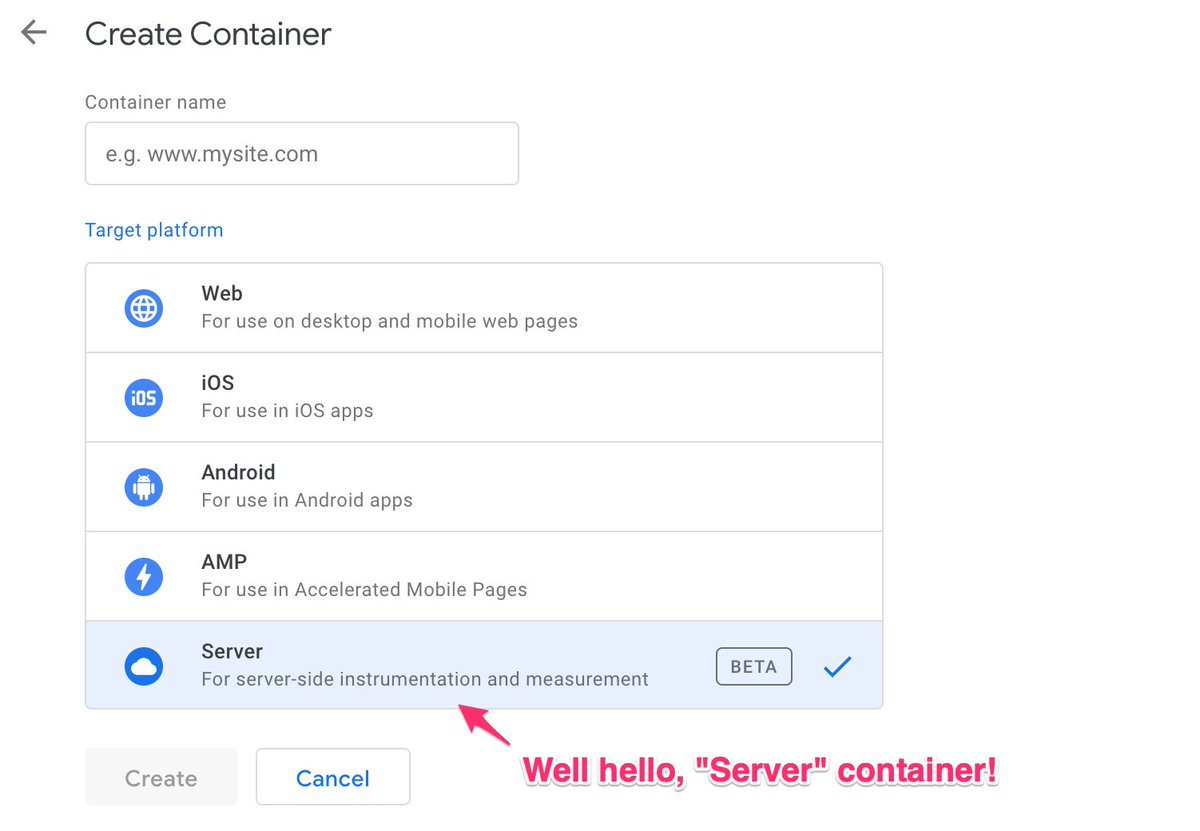
Two very, very important releases to server-side #GoogleTagManager. One of them is arguably *the most important* update to the platform in a long, long, time, and the other opens up a myriad of use cases for data enrichment at scale.
Read on!
Read on!
First, we have ASYNCHRONOUS VARIABLES and PROMISES.
In short, you can use *variables* to run asynchronous operations (such as send HTTP requests or communicate with BigQuery), and anything the variable is attached to *will wait for it to complete*.
simoahava.com/analytics/asyn…
In short, you can use *variables* to run asynchronous operations (such as send HTTP requests or communicate with BigQuery), and anything the variable is attached to *will wait for it to complete*.
simoahava.com/analytics/asyn…

This is so useful, as it lets you do complex enrichment / API chaining without having to create custom clients or tags!
The new Promise API can be used to add this functionality to your template code, BUT: the send*, BigQuery, and Firestore APIs are automatically "promisified"!
The new Promise API can be used to add this functionality to your template code, BUT: the send*, BigQuery, and Firestore APIs are automatically "promisified"!
Check the article for a practical walkthrough (simoahava.com/analytics/asyn…).
Oh, "Firestore API, what's that?" I hear you ask.
Well it's a friggin' API for Google's Cloud Firestore database. That's NoSQL, scalable, low latency, atomic, transactional, read/write sync GALORE!
Oh, "Firestore API, what's that?" I hear you ask.
Well it's a friggin' API for Google's Cloud Firestore database. That's NoSQL, scalable, low latency, atomic, transactional, read/write sync GALORE!
There are *so* many use cases for Firestore. Check out my article below to learn how the new API works, how the new Firestore Lookup variable can be used, and how a simple (but powerful) ecom lookup system can be built trivially with these new features.
simoahava.com/analytics/enri…
simoahava.com/analytics/enri…

It's a great day for server-side GTM users. The enrichment pipe dreams which have been just wishful thinking for over 2 years have finally been realized. There are features I'd still like to see (e.g. event-scoped enrichment), but this is quite enough for now!
#measure #gtmtips
#measure #gtmtips
• • •
Missing some Tweet in this thread? You can try to
force a refresh




